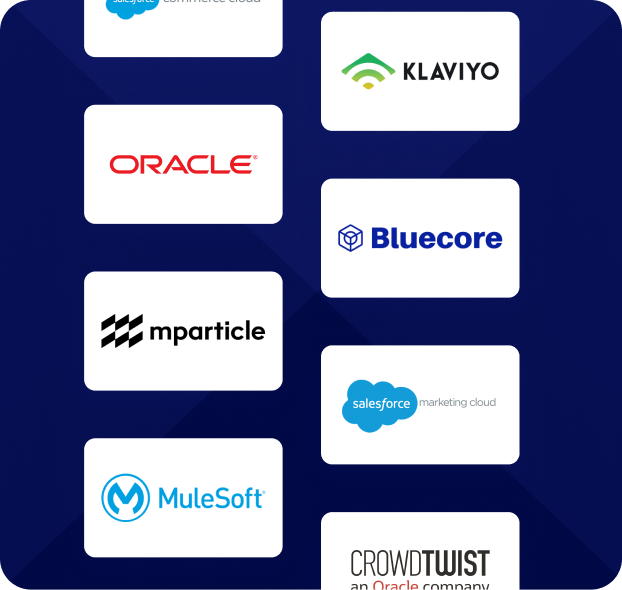How the Near Miss Theory Makes Losing Feel Like Winning
Learn the ins and outs of the Near Miss Theory and how the psychology of it keeps people playing despite their losses.
Ever played poker at a table in Vegas (or your local casino)?
Doesn’t even have to be poker, it could be the slots.
If you’ve played, you know the feeling, watching the cards land, or the wheels spin only to find out you just missed hitting the jackpot.
When that happens, what do most of us do?
Get up and walk away?
Maybe…but the more likely case is that most of us are going to reach into our pockets and lay another chip on the table or drop another coin in the slot. We’re compelled by that feeling of being so close to winning that we’re willing to stick around and keep trying again.
So Close…Yet So Far Away
So why does that happen? We all know how it works, the house almost always wins, yet millions of people still keep betting anyway, even if we’re just once a year gamblers.
Why does almost winning make us more invested than before?
The concept behind this is called the Near Miss Theory. The basic concept behind this theory, as cited in this study called The Psychology of the Near Miss by R.L. Reid is found in three key statements:
A near miss is a special kind of failure to reach a goal, one that comes close to being successful.
Think of times, it doesn’t just have to be around gambling, when you’ve been so close to winning, a game, a quiz, a prize, and you just missed. Most people tend to feel almost energized by it, they feel a rush that propels them to move forward, rather than a disappointment that makes them want to quit.
Near misses are widely believed to encourage future play, even in games of chance where the probability of winning remains constant from trial to trial.
The incredible thing about the way the Near Miss theory effects us is how much of the game really depends simply on luck, not skill. The more we are taken out of it, the more that luck is required, the more we feel like we’re getting closer to a win, even when we’re losing.
The occurrence of a near miss may be taken as an encouraging sign, confirming the player’s strategy and raising hopes for future success.
A two of hearts when you needed a three of a hearts, a six on the slot when you needed a seven…just being off by a tiny bit reinforces to the brain that you were so close to winning right then, and if you keep playing then you’re going to be successful.
Learning from the Near Miss
In theory, the “Near Miss” concept was one that originally was designed by our brains to help us learn, a psychological pat on the back for doing a good job, if you will.
Luke Clark, a researcher from the University of Cambridge who created a study to look at how near misses motivate brain circuitry explains in this article from Discover Magazine:
Researchers say it makes sense for the brain to respond to almost hitting a target. For some tasks, such as learning to kick a soccer ball into a goal or firing an arrow at a target, near-misses are informative. You’re acquiring the skill, and the brain should pay attention to near-misses.
In this case, our brains have been trained to look at near misses and then calculate how we can improve in the future to win.
For skill based tasks, like learning to kick a soccer ball in the modern times, or learning how to hunt dinner in the pre-historic times, the feeling of near miss can be quite important, it highlights to your brain that you’re on the right track.
It was only more recently that researchers discovered this same wiring and feeling of elation could also occur during unskilled tasks like playing a game or gambling.
This is why it’s become a psychological trigger that a lot of marketers are paying attention to. In fact, in reveal marketing, it’s one of the six main psychological factors that are at play, and helps determine why reveal marketing is so successful.
An Extra Big Mac (or Two)
One of the best examples of the Near Miss theory in marketing today is the famous McDonald’s Monopoly game.
If you haven’t experienced the game, it essentially goes like this: During specific limited time periods each year McDonalds holds it’s Monopoly game. Customers can only participate by buying certain products which have hidden game pieces on them. Customers then pull off the game piece to reveal either their instant prize, or a piece of the larger game board. Collect (as with Monopoly) a “set” and the consumer wins.
Pretty straightforward.
Not only does it tap into those all important psychological triggers like curiosity, conditioning, perceived value, fear of missing out, and of course, near miss.
It’s an analog version of a digital Scratch-it, consumers can’t see what they are going to win until they actually reveal the prize, building up curiosity and anticipation.
And when the prize is revealed?
You feel like a winner!
You can see, in the above chart from Business Insider, the approximate number of game pieces, food prizes, and instant wins from the 2014 version of the game.
Even if you didn’t win an instant prize, you’ve got something, a piece of the board, which then drives you to want more pieces. Now, imagine you’ve already got Marvin Gardens, so you swing by McDonald’s after work to grab some fries and (hopefully) a good piece, and you get Atlantic Avenue.
This is awesome because now you have two yellow pieces, all you need is Ventnor Ave., the last of the trio and you’ve got yourself a cool $25,000.
So what do you do?
You keep going to McDonald’s to grab that piece. The cycle then continues for many, wash, rinse, repeat.
The next time you go you get B.O. Railroad, which is right next to the yellows, so close, but you must be on the right track! That feeling right there, that’s where McDonald’s taps into Near Miss.
The feeling of missing Ventnor is what pushes you to keep buying more McDonald’s, even if the odd of actually getting Ventnor are long, like really long.
From the official game rules:
You have a 10% chance of grabbing Atlantic or Marvin Gardens off a value meal, but just like with the slots, the house is holding the better odds when it comes to winning the jackpot.
We all know this, and yet we still play anyway because we feel lucky and optimistic.
That’s just one of the reasons why McDonald’s has been marketing this promotion since 1987, how many other brands have been able to find a winning formula to go back to over and over again?
What about your brand, is there a way you can tap into the excitement of the near miss theory to offer something your customers just can’t wait to play?
Grow your business and total sales




